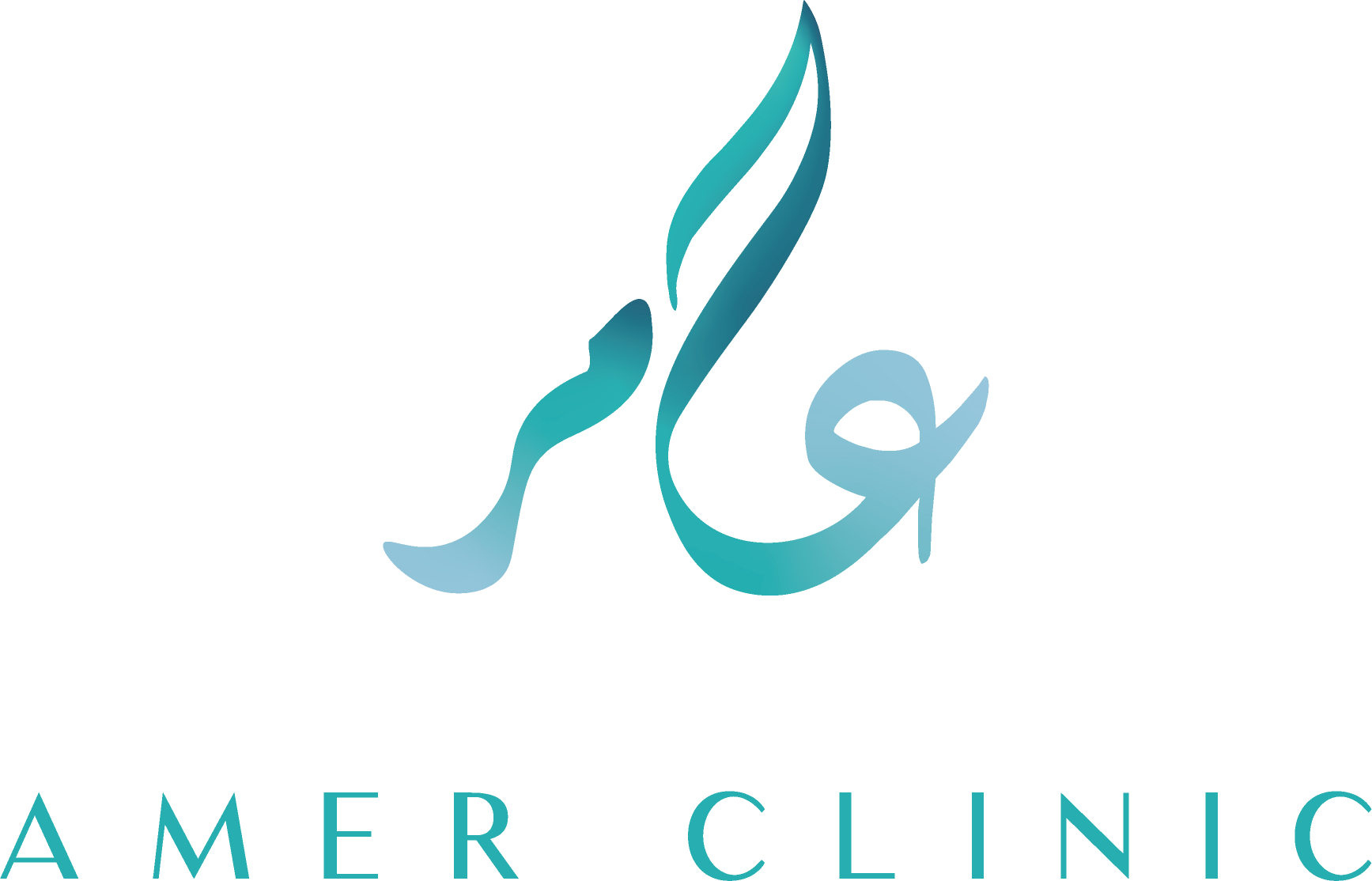Treatment Options for Facial Synkinesis
Treatment for post-paretic facial synkinesis encompasses both non-surgical and surgical modalities. Botox injections have become a cornerstone of non-surgical management, utilizing botulinum toxin to selectively relax overactive muscles and restore facial symmetry. This approach offers many patients noticeable improvements in facial expression and function. For severe cases where synkinesis significantly impacts daily life, surgical interventions may be considered. These procedures, such as selective neurolysis or myectomies, aim to re-establish proper nerve function and muscle control. A comprehensive evaluation by a specialist is crucial to determine the most appropriate surgical strategy for individual patient needs.
Botox Injections:
- Botox, or botulinum toxin, has emerged as a leading treatment for post-paretic facial synkinesis. It works by temporarily relaxing the muscles that are overactive and causing unwanted movements.
- When injected into specific facial muscles, Botox can help achieve better control over expressions, allowing for a more balanced appearance. Many patients report significant improvements in facial symmetry and functionality after treatment, making it a popular choice.
Surgical Management
- In cases where synkinesis is severe and impacts daily life significantly, surgical interventions may become necessary. These surgeries aim to re-establish proper nerve function and control over facial muscles.
- Procedures may include selective neurolysis and selective myectomies. A thorough evaluation by a qualified specialist can determine the best surgical approach based on specific needs.
